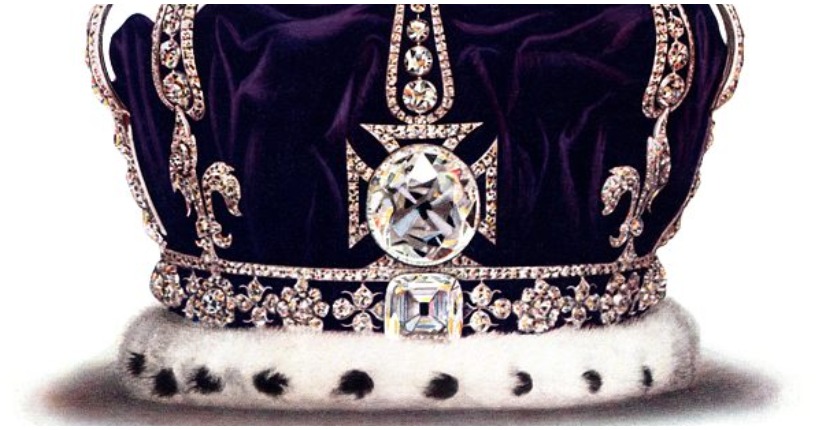One of the largest cut diamonds on the planet, the Koh-i-Noor diamond, also known as the Kohinoor or Koh-i-Nur, weighs in at 105.6 carats and is one of the most prized pieces in the outstanding collection of the Crown Jewels of the United Kingdom.
Kept safely under lock and key in the Tower of London alongside the likes of St. Edward’s Crown and the sovereign’s sceptres, the diamond is a one of a kind piece with a truly fascinating history.
A groundbreaking book entitled Koh-i-Noor: The History of the World’s Most Infamous Diamond and written by historian duo Anita Anand and William Dalrymple, suggests that a lot of what we thought we knew about the diamond’s past is actually all based around a myth, and that the true story, as shared by Smithsonian, is very different.
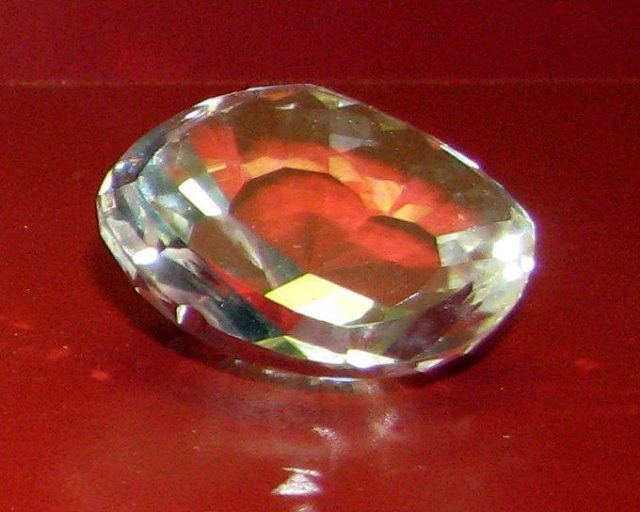
As with any story, to really understand the true tale of the Koh-i-Noor, we have to go right back to the beginning. The start of the diamond’s story is a rather hazy one, with no exact date for when the Koh-i-Noor was actually found, nor where it originally came from.
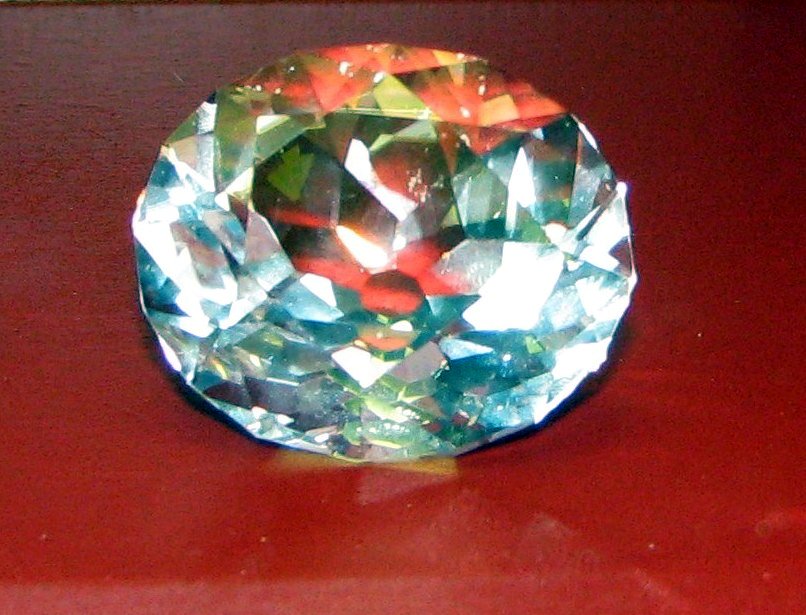
All we do know is that in 1628, Shah Jahan, a Mughal ruler, ordered the construction of an incredible throne, fitted with priceless gems and diamonds. The Koh-i-Noor was one of the many gems that decorated this throne, being given pride of place at the very top of the regal seat. It was placed in the heart of a peacock, and the throne itself became known as the Peacock Throne. The Mughal Empire reigned supreme in India and beyond for another century, but its power and wealth began to attract other rulers and powers.
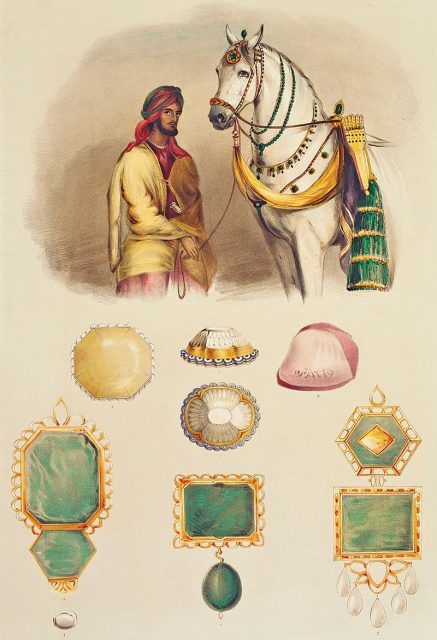
In the 18th century, Persian ruler Nader Shah launched an invasion of Delhi. Countless lives were lost as Nader’s men plundered the city for all they could find, taking gold, gems, and the priceless Peacock Throne.
Nader specifically removed the Koh-i-Noor diamond from the throne in order to wear it on his arm. It was taken out of India and into what would eventually become present-day Afghanistan, passing between various rulers at a time of conflict in Central Asia.
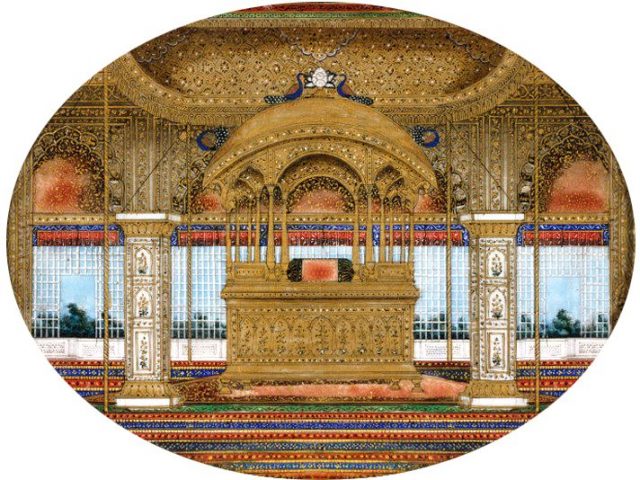
It was at this time of turmoil and uncertainty that the British colonists began to exploit the situation to gain control over India and neighboring territories.
In the early 1800s, the British East India Company started to expand its influence. The British knew of the existence of the Koh-i-Noor and plotted to claim it as their own. In 1813, the diamond fell into the hands of a Sikh ruler named Ranjit Singh.
Where past owners of the Koh-i-Noor had prized the gem for its monetary value and beauty, Singh saw it in an even greater light. For him, the diamond had spiritual and powerful significance, and it subsequently became even more desirable to the British.
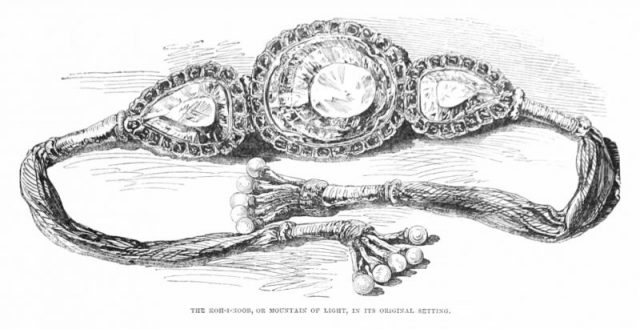
By owning a jewel that was seen as the embodiment of the Indian people and country, the colonial forces could truly prove their dominance.
When Singh died in 1839, the British push to claim the Koh-i-Noor intensified. However, they had to wait until 1849 to finally get their hands on it. It was at that time, after another tumultuous period for India, that the next individual in line to the throne was a 10-year-old boy named Duleep Singh. The British put Duleep’s mother in prison and forced him to sign a document to hand over the Koh-i-Noor and relinquish his own claim to power.
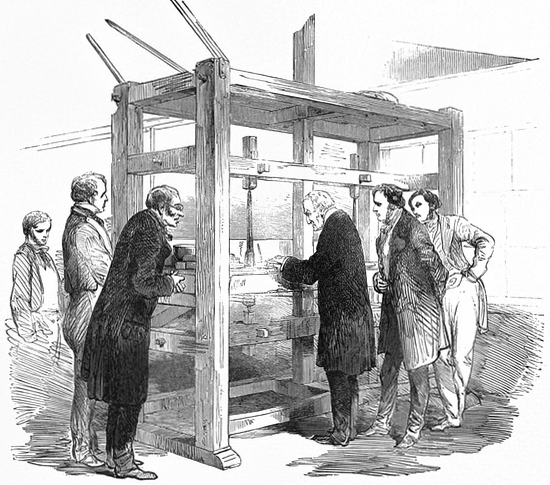
Then, for the first time, the diamond left the continent and was placed into the possession of Queen Victoria herself. The diamond was put on display for the British public in 1851, but people were actually quite disappointed with its appearance, after hearing and reading so many stories of how beautiful and powerful it was.
Related Video: Amazing Viking Treasures
Shortly after this, Queen Victoria’s husband, Prince Albert, decided to have the diamond cut and polished once more, making it shinier but also halving its size. Queen Victoria then wore the diamond as a brooch for several years, and it eventually became a part of the Crown Jewels.
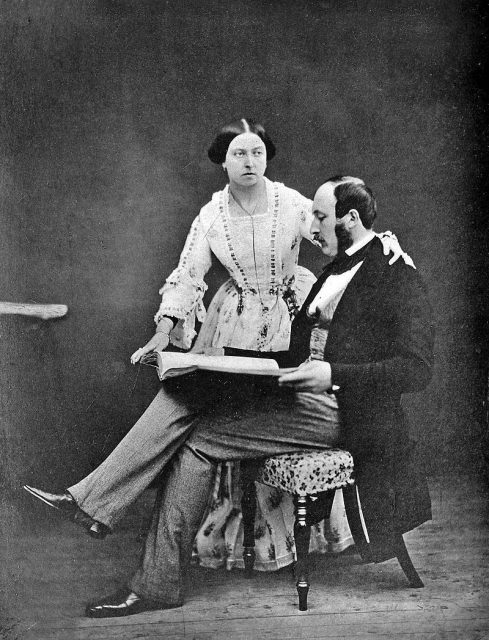
Nowadays, the diamond is housed with the other jewels in the Tower of London, on the other side of the world to its original home. It has been taken out and displayed for certain special occasions, but hasn’t been seen since 2002 during the funeral of the Queen Mother. Now, some historians and experts both in the UK and internationally are starting to ask whether the diamond really belongs in Britain at all.
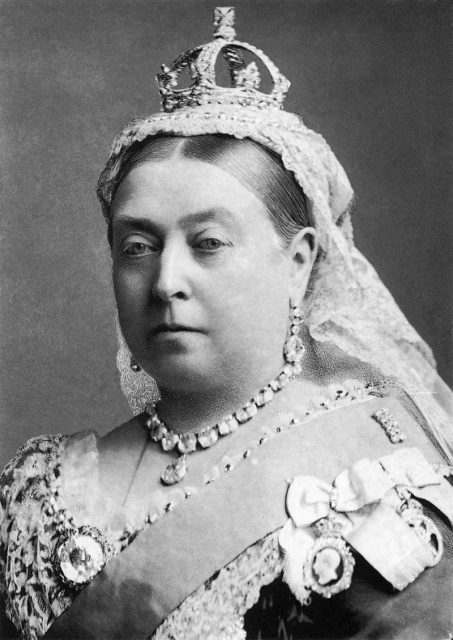
History has seen countless cases of valuable items, heirlooms, artworks, and other treasures being appropriated in times of conflict, but then later returned to their rightful owners. But there seems to be no desire or sense of obligation on the part of the British Royal Family to return the diamond to India.
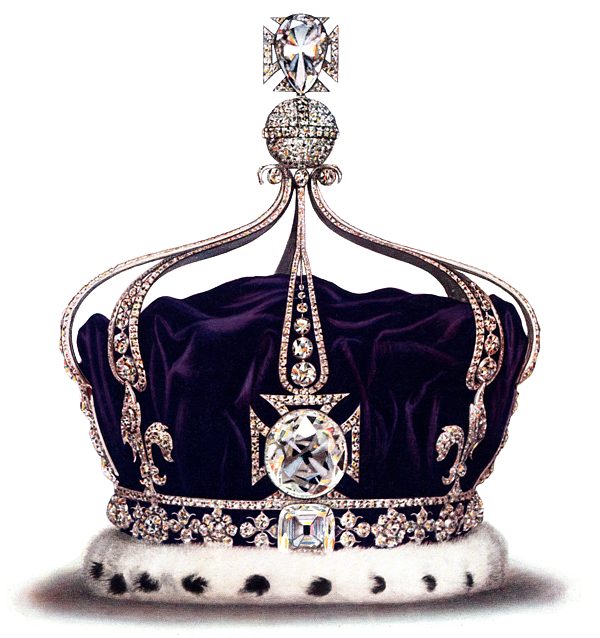
According to Jane Milosch of the Smithsonian, post-colonial collections are quite a hot topic for historians, museums and research institutions all over the world, as there tends to be more of a gray area when it comes to deciding who really has a rightful claim to these kinds of items, as the countries and situations involved have changed greatly over the years.
Whatever the future holds for the diamond, Anand hopes that the findings regarding its origins and the true nature of its arrival on British soil needs to be made clearer to the people.
The general public in the United Kingdom and elsewhere has been taught that the Koh-i-Noor was given as a gift to the UK, when the real story is clearly very different. Perhaps by clarifying the history of objects like the Koh-i-Noor, more sensible and educated decisions can be made regarding the ownership of these items.
